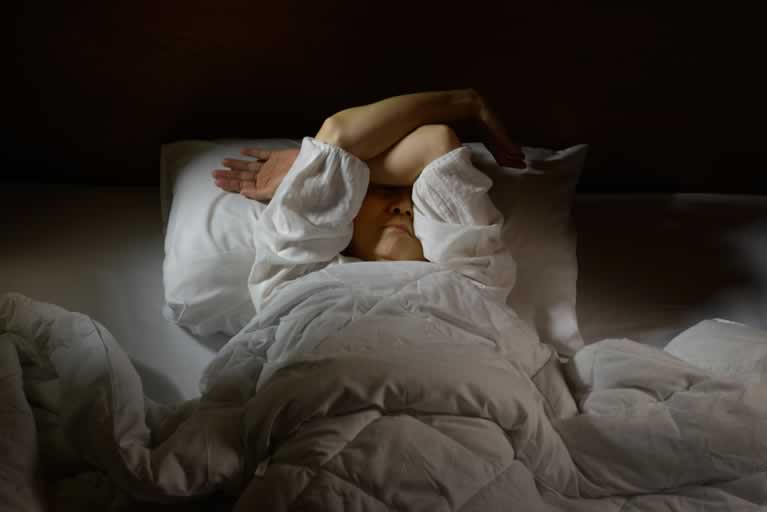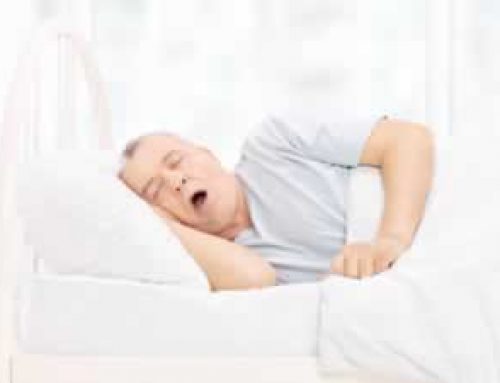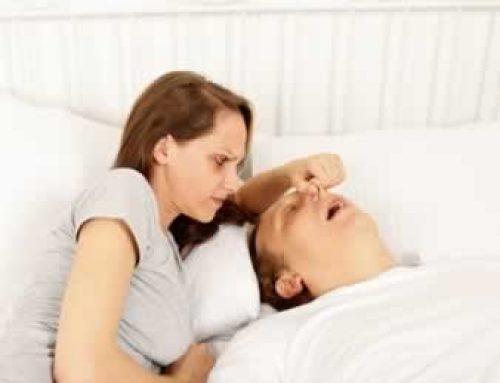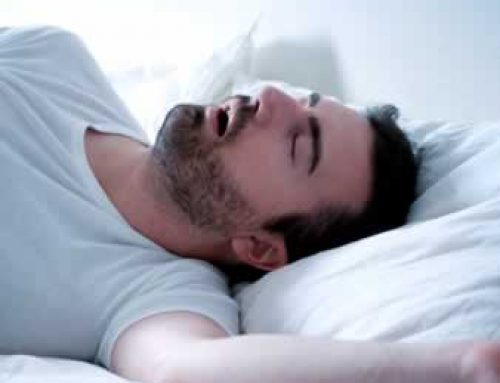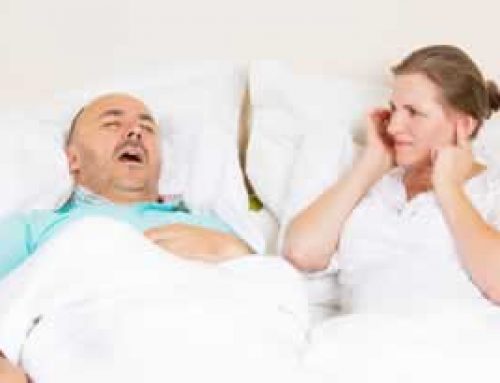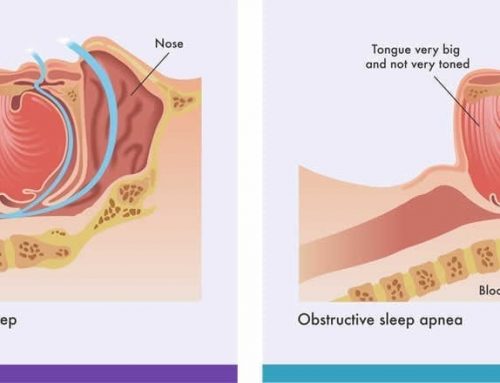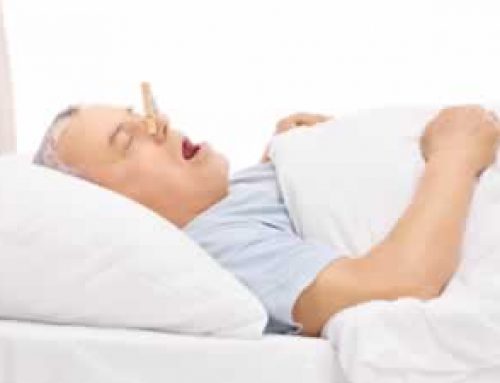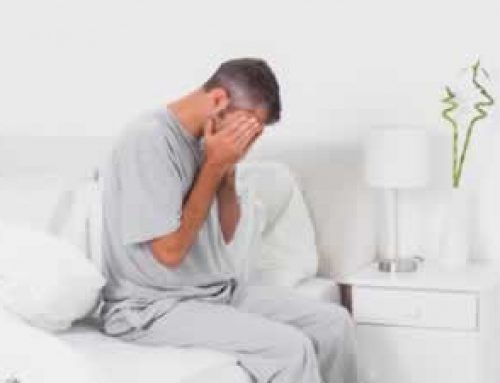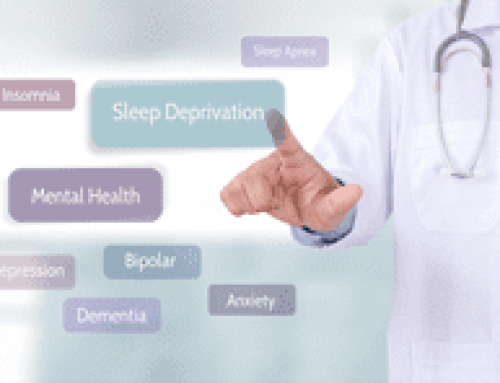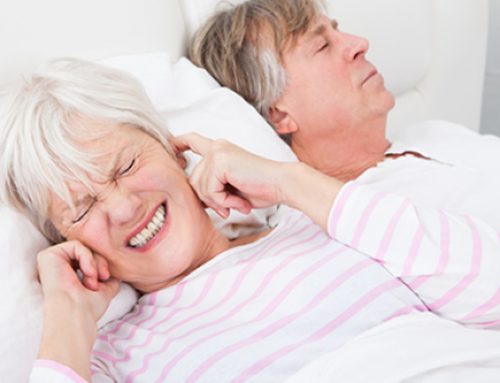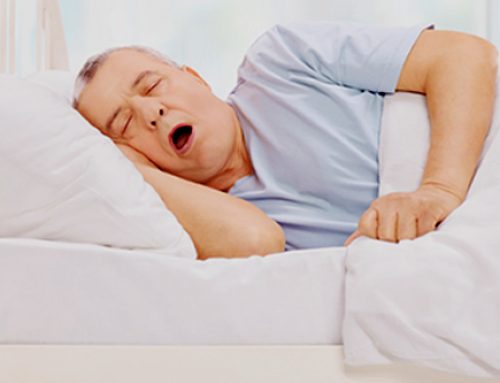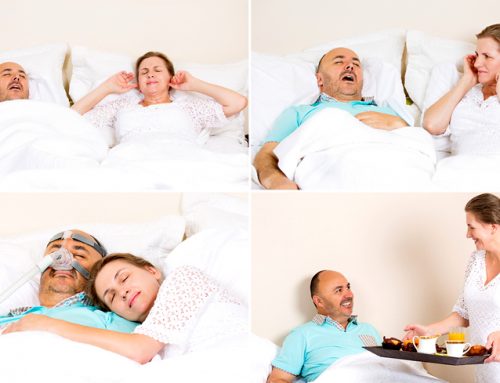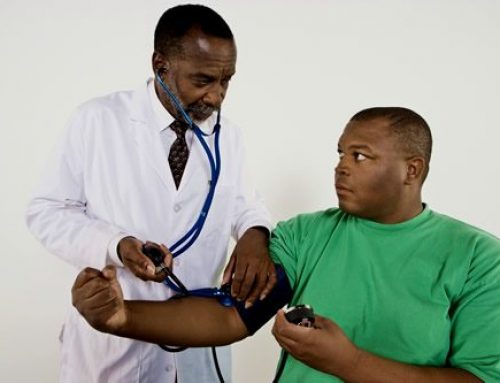Do You Have a Sleep-Related Movement Disorder?
Does your sleep partner complain about how much you move while you’re sleeping? It’s possible you have a sleep-related movement disorder.
Sleep-related movement disorders are conditions that disrupt your sleep by causing you to move while you sleep or as you are trying to fall asleep. They make falling asleep, staying asleep, and getting a quality sleep very difficult. These disorders range in severity of movement and detriment to your sleep, but all will leave you sleepy, fatigued, irritable, and to function at your best the next day. The common causes of these disorders are discomfort and movement in the limbs, gnashing and grinding of the teeth, whole body movements, and cramping. These sleep disorders include periodic limb movements, restless legs syndrome, Bruxism, leg cramps, and related rhythmic movement disorder.
What are Periodic Limb Movements (PLM)?
Periodic limb movements are repetitive limb movements that occur during sleep and cause sleep disruption. These episodes of uncontrollable movement usually occur in the lower limbs every 20-40 seconds. The movements are similar to muscle twitches and jerking movements but last longer, and these episodes can last anywhere from a few minutes to several hours while you sleep. Usually, a person with PLM does not notice the movements, whereas, their sleeping partner can be significantly affected by the movement and have difficulty falling and staying asleep. PLM does not keep you from falling asleep but severely disrupts sleep, causing you to wake up periodically through the night and inhibiting your sleep cycle. This causes you to wake up feeling tired and experience prolonged fatigue throughout the day.
The most common symptoms people with PLM complain about are not leg movements but poor sleep and daytime sleepiness. Many people with PLM are unaware of their leg movements unless their bed partner tells them.
What causes PLM is unknown. Many studies have been conducted on the underlying cause of PLM. However, these studies have not shown any consistent abnormalities. Many scientists believe the cause is related to the nervous system and possible nervous system mishaps. Physicians agree that PLM is not medically serious. That being said, these movements can contribute to chronic insomnia and/or daytime fatigue because of how often they wake both you and your sleeping partner.
What is Restless Legs Syndrome (RLS)?
Restless legs syndrome (RLS) causes you to frequently shift and move your legs due to an uncontrollable urge, usually because of constant tension and uncomfortable, irritating feeling in the legs. Usually, this feeling worsens and intensifies in the evening and nighttime hours and is most noticeable when you are sitting trying to relax or lying down for bed. The only immediate relief is to move one’s legs, but this only temporarily eases the uncomfortable sensation.
Restless legs syndrome can be an incredibly annoying disruption to your sleep, making it very difficult to fall asleep, and continually waking you through the night. This leaves you bogged down, sleepy, and fatigued the next day and can hinder your performance at work and significantly affect your ability to complete normal everyday activities. RLS can result in insomnia and chronic daytime sleepiness.
What is Bruxism?
Bruxism is the involuntary or habitual gnashing, grinding, or clenching of teeth while you are asleep. If you are experiencing Bruxism, then you are more likely to have other sleep disorders as well, like snoring and sleep apnea. If the Bruxism is mild, there may be no treatment required, but if frequent and severe then bruxism can cause jaw disorders, headaches, and severely damaged teeth.
Bruxism occurs when you sleep, making it extremely difficult to know when it has become a problem or even when you are grinding your teeth at all.
Currently, doctors do not fully understand what causes bruxism but believe it could be a combination of physical, psychological, and genetic factors. Bruxism has been found to be associated with some mental health and medical disorders, such as dementia, gastroesophageal reflux disorder, epilepsy, night terrors, sleep apnea, ADHD, and Parkinson’s disease.
What are leg cramps?
Leg cramps occurring while you are sleeping come on suddenly with intense pain in the leg or foot. Muscles tighten and contract causing great discomfort and sharp pain. You won’t be able to control these cramps, and they can come on at any time while you are sleeping or trying to fall asleep. Not to be confused with RLS, leg cramps are very painful, whereas, RLS is uncomfortable but usually not painful. In addition to the pain, leg cramps can cause insomnia, making it extremely difficult to fall asleep and may make it difficult to stay asleep. This can be from the pain of the leg while cramping or also from the soreness of your leg or foot post cramp.
What is Sleep-Related Rhythmic Movement Disorder (RMD)?
Sleep-related rhythmic movement disorder (RMD) consists of specific repeated body movements that occur while sleeping or as you begin to fall asleep and is commonly observed in children. Sometimes these movements are accompanied with a humming or groaning noise being made.
Why get treatment?
If you or your sleeping partner have noticed that you are experiencing signs of any of these sleep-related movement disorders, it’s time to get a Sleep Assessment. Get insights on your sleep with our online sleep assessment to discover which of these or any of 25+ other sleep problems may be keeping you from getting the sleep you need.
It’s time to take action and get back the restful sleep you deserve!

